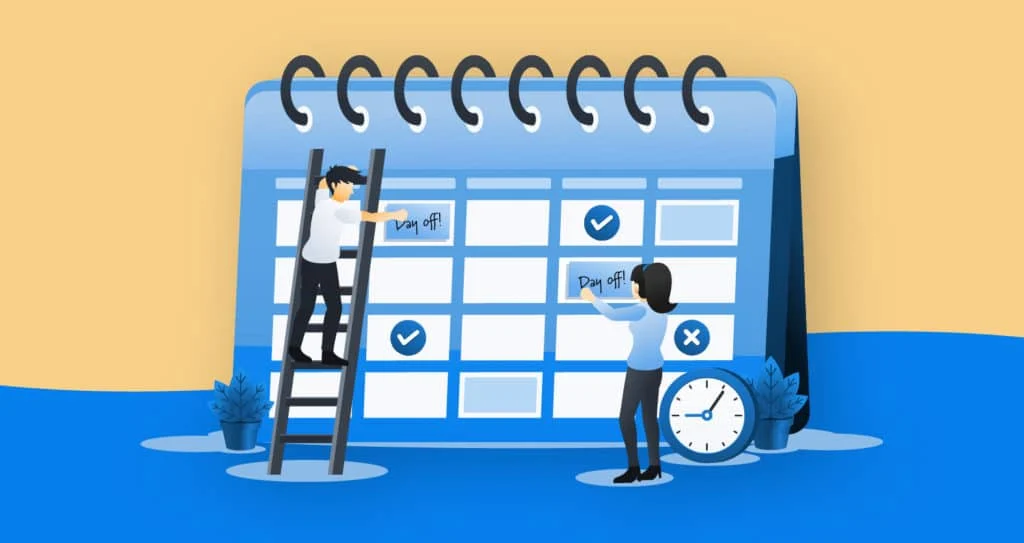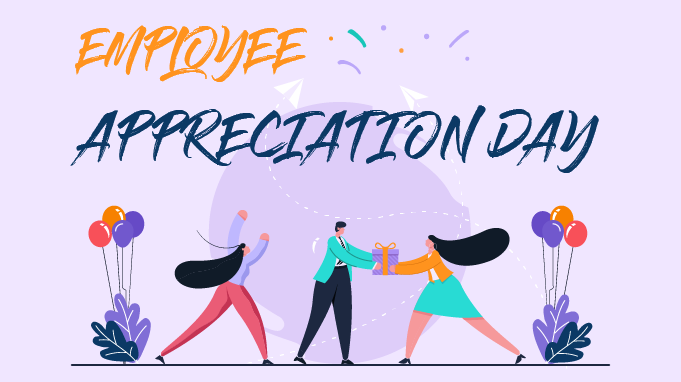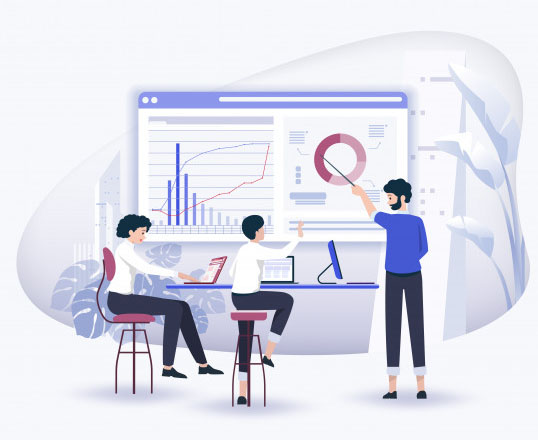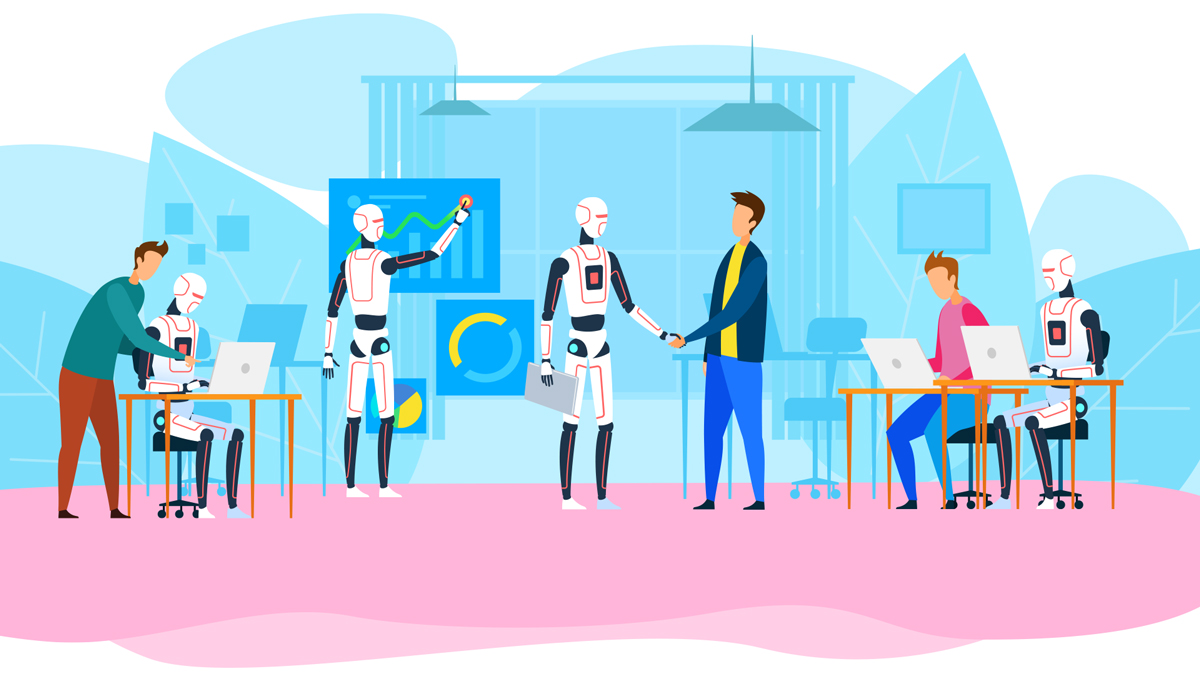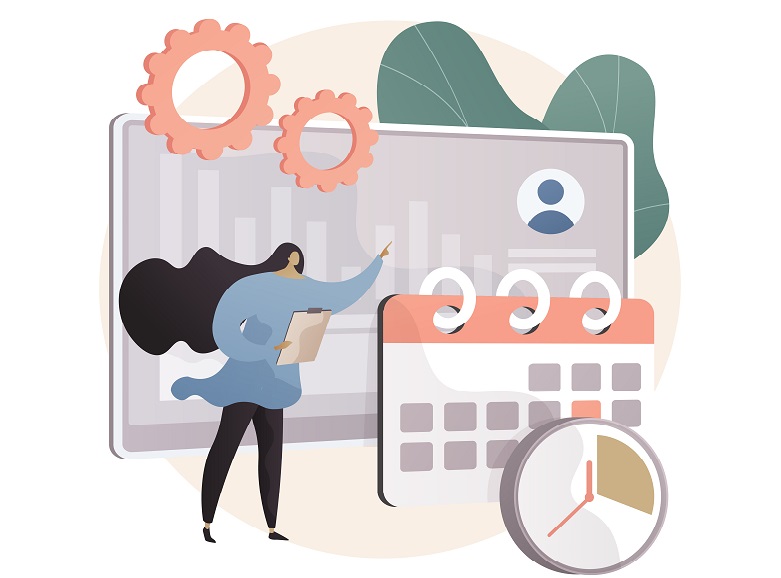Working from home has grown into more than just a trend, it has become a defining feature of how modern work is done. Its flexibility gives people more control over their time, fosters better work life balance, and often leads to greater job satisfaction. But with remote teams, managing things like Paid Time Off (PTO) gets trickier. In this article, we explore the specifics of remote work and how organizations can track PTO effectively for remote staff, while maintaining productivity, trust, and fairness.
The Rise of Remote Work
Digital technologies, cloud computing, collaboration tools, and high speed internet, have shattered the traditional office model. Employees can now meaningfully contribute from home, from co working spaces, or even while traveling. But this freedom brings new challenges for employers and remote workers alike: managing expectations, staying connected, avoiding burnout, and ensuring fair treatment. One key area where these challenges show up strongly is PTO, how much time off someone has, how it’s requested, how it’s approved, and how absences are tracked.
When remote work is done well, it offers tremendous benefits: reduced commuting stress, flexible schedules, access to talent regardless of geography, and often lower overhead costs for companies. But without good systems in place, things can get messy, missed communication, confusion over leave balances, overlap in absences, or even resentment among team members who feel someone else has it easier.
Key Practices for Remote Workers to Thrive
Here are expanded insights into how individuals working from home can make the most of the arrangement:
Creating Your Home Office Haven
Set up a dedicated workspace, somewhere with minimal distractions, good lighting (natural light is ideal), and proper ergonomics. Invest in a good chair, proper desk height, possibly a monitor sooner rather than later. Even small things like proper lighting or a stand for your laptop can make a huge difference. If possible, separate your workspace from areas of rest or relaxation; this helps you mentally “arrive” and “leave” work each day. Also, personalize the space to suit your working style, plants, good airflow, décor that motivates you.
Embracing Flexibility
Remote work’s biggest perk is flexibility. Learn what times of day you feel most creative, energetic, or focused, are you sharper in the morning or late evening? Then try to schedule your most demanding tasks accordingly. But also allow yourself to be flexible for life: tending to a family need, avoiding rush hour, or even stepping away to reset. The key is consistency: people need to know when you’ll be available, so set boundaries and communicate them clearly.
Mastering Time Management
Without a rigid office schedule, it’s easy to let time drift. Effective time management helps maintain productivity. Try setting daily or weekly goals. Break large tasks into smaller steps. Use “time blocking” where you assign specific hours to tasks. Build in short breaks, a 5 to 10 minute walk, stretching, or just stepping away from the screen helps. Use tools like pomodoro timers or calendar reminders. At the end of each day, review what you accomplished and plan what’s next, this builds momentum and clarity.
Enhancing Communication Skills
Remote work demands more deliberate communication. Without face to face cues, misunderstandings are easy. Use video calls when tone matters. Be extra clear in writing. State your availability, deadlines, progress, and blockers. Tools like Slack, Microsoft Teams, or similar are great, but avoid overloading people with notifications. Regular check ins (daily or weekly) with your manager or team help everyone stay aligned. Also, share your working hours or off-hours so people know when it’s okay to reach you, and when not.
Emphasizing Work-Life Balance
It’s tempting to work more when home is your office. But sustainable work means rest. Create clear boundaries: log off when your workday ends, don’t respond to work messages in rest periods (unless absolutely necessary), take your full PTO, and make time for hobbies, family, and mental rest. Balance also means weekends or off days are really off. Protect your non working time, it’s essential for health and long-term performance.
Using Technology Like PTO Tracking Software
Leverage tools that automate and simplify leave tracking. PTO tracking software, attendance systems, and shared calendars make it easier for everyone to see available leave, upcoming absences, and accrued balances. Choose tools that integrate with your other HR or project tools, provide mobile access, and alert employees/managers of conflicts or limit breaches. Automation reduces errors and anxiety. For remote work, cloud-based systems are especially beneficial because they work across locations and time zones.
Lifelong Learning and Development
Remote work often means fewer in person trainings or spontaneous learning moments (like overhearing a colleague’s tip in the office). So, you have to be proactive. Use online courses, webinars, podcasts, books, or even small side-projects. Keep up with your industry and expand skills, this boosts confidence, gives you more adaptability, and keeps your work interesting. Also, share what you learn with your team; it builds collective growth.
Efficient PTO Tracking for Remote Employees
Because remote work blurs physical boundaries, PTO tracking needs to be especially well structured:
-
Centralized HR or Leave Management Platform: Use tools where employees can request leave, view accrual, see how much PTO remaining, and managers can approve or deny, all in one system.
-
Automated Accrual & Accurate Records: Systems should automatically calculate PTO based on policies (hours worked, tenure, etc.), update balances in real time, and prevent negative balances or misuse.
-
Visible PTO Calendar: A shared, real time calendar showing who’s out and when helps avoid surprises and plan workload accordingly.
-
Clear Rules & Easily Accessible Documentation: Policies around accrual rates, blackout periods (if any), approval timelines, and how PTO interplays with holidays or sick leave should be written clearly and accessible.
-
Override & Exception Handling: Sometimes someone needs leave urgently; establish emergency leave paths, how last minute requests are handled, and how to manage overlap in absences (for example, team members being off at the same time).
-
Time zone Awareness: With remote employees in different zones, PTO systems and communications should account for local holidays, time differences for meetings/collaborations etc.
Additional Important Sections
Here are some extra topics you might want to include in your article to give it even more depth:
Managing Overlapping PTO
When multiple remote team members request leave at similar times, it can strain project deadlines and client obligations. Companies should plan ahead: keep awareness of major holidays (in different countries), anticipate possible leave spikes (end of year, summer), and perhaps limit how many people can be off at once for critical roles. Cross training or temporary backups can ease the load.
Handling PTO Abuse & Fairness
While most employees use PTO responsibly, policies should include fair use guidelines. For example, clearly define what counts as advanced notice, how often you can split PTO, or what happens in case of excessive last minute requests. But fairness is also about flexibility, understanding that life happens. Balancing structure with empathy builds trust.
Legal & Tax Considerations
Different countries or regions have regulations about leave accrual, payout on termination, notice periods, and public holidays. Companies with remote workers across borders need to ensure their PTO policies comply with local labor laws. Also, there may be tax implications for PTO accrual accounting. Consulting legal or HR experts is wise.
Measuring PTO’s Impact
To see whether PTO policies are working, track metrics like employee satisfaction, retention rates, absenteeism, project delays attributed to leave, and burnout indicators. Use surveys, one on one check ins, and HR analytics. If data shows problems (e.g. excessive leave clustering or burnout despite PTO options), adjust policies or support programs.
Frequently Asked Questions (FAQ)
How does PTO accrual work for remote employees?
It depends on your policy. Typically, PTO accrues based on hours worked, length of service, or a fixed annual amount. For remote employees, ensure accruals respect full time vs part time status, accounting for local labor law requirements. The accrual should be visible to the employee in the system, so they can see how much leave they’ve earned at any point.
How far in advance should someone request PTO when working remotely?
This varies by organization. Many companies ask for at least one to two weeks’ notice for planned PTO. For critical roles or projects, more notice is beneficial. Emergency or short-notice leave should be handled flexibly, with clear policy guidelines. Encourage transparency so remote teams can plan around each others’ absences.
What if remote employees work in different countries with different public holidays?
Good PTO systems and calendars allow for regional public holiday settings. Each remote staff member could have a calendar with the holidays relevant to their country or region. This ensures fairness and avoids misunderstandings when someone is off due to a local holiday others may not observe.
How do you prevent too many people being off at the same time?
Use a shared PTO or team calendar, set rules such as “no more than X people off from a department during a given period,” and encourage advance planning. Managers should monitor leave requests and coordinate so that project deadlines or client needs are covered. Cross training or temporary back ups are useful to cover critical functions.
What technology should companies use for PTO tracking?
Choose cloud based leave management tools that provide features such as accrual tracking, visibility of remaining leave, auto approval workflows, integration with your payroll or HR system, mobile access, and role based permissions. Some popular tools: Day Off, BambooHR, Gusto (if available locally), and others depending on your region. The tool should also allow audit logs and reporting.
How do you handle PTO for part time or contract remote workers?
Policies should clearly differentiate between full time, part time, and contractors. Part time workers often accrue PTO pro rata. Contractors may have separate arrangements or may not receive PTO depending on contracts. Whatever the model, the policy should be transparent so expectations are clear.
Can PTO policies be flexible for employees who prefer different break styles?
Yes. Some people prefer several short breaks; others prefer fewer, longer vacations. Providing flexibility, such as allowing employees to split their PTO, or offering “mental health days” in addition to regular PTO, can help meet diverse needs. Encourage employees to use their leave in ways that restore their energy.
What do you do if someone abuses the PTO policy?
First, ensure your policy clearly states expectations, notice requirements, and consequences. If abuse occurs (e.g., frequent last-minute cancellations, overstretching time off beyond what’s allowed), address the issue directly but kindly. It may involve discussions, adjusting policy enforcement, or giving feedback. Maintaining fairness and consistency is key.
How to measure return on investment (ROI) for remote work PTO policies?
You can look at several indicators: reduced turnover, lower sick leave costs, higher employee satisfaction and engagement scores, fewer errors, less burnout. Also gather qualitative feedback via surveys and one on one check ins. Over time, the cost of properly managed PTO often pays off in productivity and retention.
How do legal requirements affect remote PTO policies?
Local labor laws can dictate minimum leave entitlements, accrual rules, payout rights, notice periods, and other protections. If your remote team spans multiple jurisdictions, your policy should reflect the strictest relevant requirements or have country‑specific addenda. Always consult legal or HR experts to ensure compliance.
Conclusion
Remote work offers incredible opportunities for flexibility, autonomy, and a better quality of life, but only when it’s managed thoughtfully. Effective PTO tracking is a key piece of this puzzle. Organizations that invest in clear policies, reliable technology, and open communication will not only keep operations running smoothly but also nurture employee trust, satisfaction, and longevity.
By combining strong remote‑work best practices with robust PTO systems, any business can transform its remote workforce from a challenge into a competitive strength.
